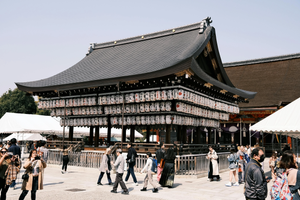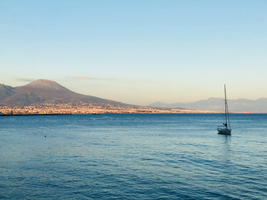Transforming Transportation: The Success Story of Rwanda

Rwanda, often referred to as the “Land of a Thousand Hills,” is a small but remarkable country in East Africa. While it may be famous for its breathtaking landscapes and gorilla trekking opportunities, Rwanda has also made substantial strides in improving its transportation infrastructure. This article delves into the impressive transformation of transportation in Rwanda, highlighting the key initiatives and developments that have played a pivotal role in reshaping the nation’s mobility landscape.
Road Infrastructure Development
One of the most significant steps taken by Rwanda to enhance its transportation network has been the development of its road infrastructure. The government has invested heavily in road construction and rehabilitation projects. This investment not only connects remote areas but also improves access to essential services, such as healthcare and education.
The Rwandan government has also prioritized the maintenance of existing roads, ensuring they remain in good condition throughout the year. This commitment to road maintenance has played a vital role in boosting the efficiency and safety of the country’s transportation system.
The Kigali Bus Rapid Transit System
The capital city, Kigali, has seen a significant improvement in its public transportation system with the introduction of the Kigali Bus Rapid Transit (BRT) system. This modern and efficient mode of transportation has helped reduce traffic congestion and air pollution in the city. The BRT system comprises dedicated bus lanes, modern buses, and well-designed stations, providing a faster and more comfortable commuting experience for residents.
Furthermore, the government has focused on making public transportation affordable by subsidizing fares, making it accessible to a wider population. This initiative has had a positive impact on the livelihoods of Rwandans, especially those in urban areas.
The East African Community Integration
Rwanda’s transportation improvements are not limited to its borders. As a member of the East African Community (EAC), Rwanda has been actively involved in regional transportation initiatives aimed at improving connectivity and trade among member countries. The construction of the Northern Corridor, connecting Rwanda to Kenya’s Mombasa port, has significantly reduced the cost and time required to transport goods in and out of the country.
Additionally, Rwanda is part of the Central Corridor, which connects the landlocked country to the port of Dar es Salaam in Tanzania, further enhancing its access to international markets. These initiatives have not only improved trade but have also positioned Rwanda as a regional transport hub.
Aviation Sector Development
Rwanda’s aviation sector has experienced remarkable growth in recent years. The construction of the state-of-the-art Bugesera International Airport near Kigali is a testament to the government’s commitment to expanding its air transportation capabilities. The new airport is expected to boost tourism, trade, and connectivity, making Rwanda even more accessible to the world.
Furthermore, the national carrier, RwandAir, has expanded its routes and services, connecting Rwanda to various international destinations. This development has not only improved the country’s connectivity but also enhanced its reputation as a regional aviation hub.
The Green Transportation Initiative
Rwanda is also committed to sustainability in transportation. The country has embraced electric motorcycles (e-motos) as an eco-friendly alternative to traditional motorcycles. E-motos have not only reduced air pollution but also created employment opportunities for young Rwandans as operators and maintenance workers.
Conclusion
Rwanda’s impressive transformation of its transportation infrastructure is a testament to the government’s dedication to improving the lives of its citizens and fostering economic growth. The development of road networks, the implementation of modern public transportation systems, regional integration efforts, aviation sector expansion, and green transportation initiatives have collectively reshaped the nation’s mobility landscape. As Rwanda continues to invest in its transportation sector, it not only enhances its own development but also strengthens its position as a key player in the East African region.







